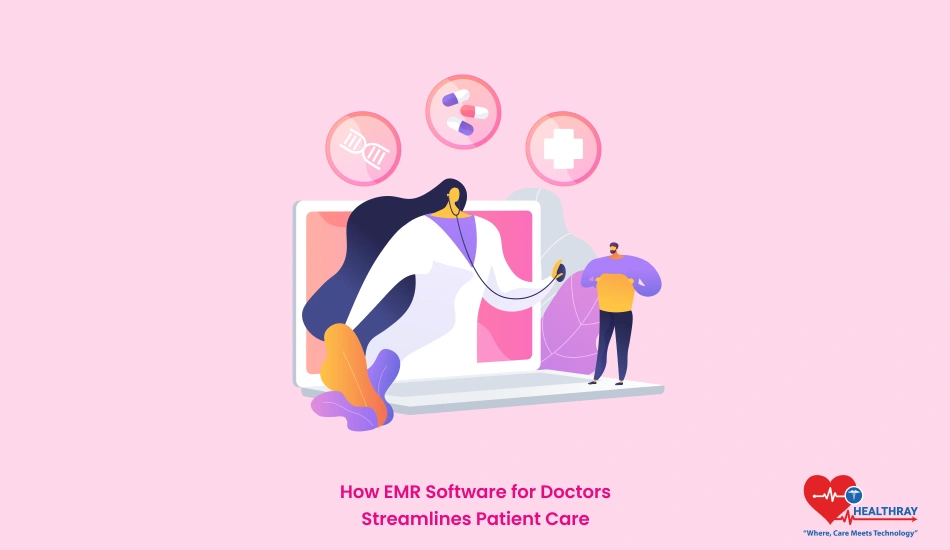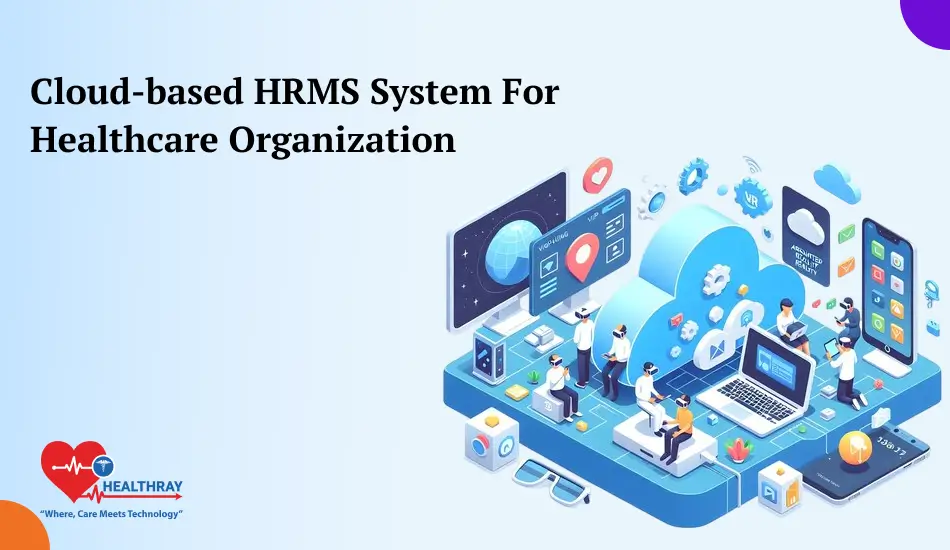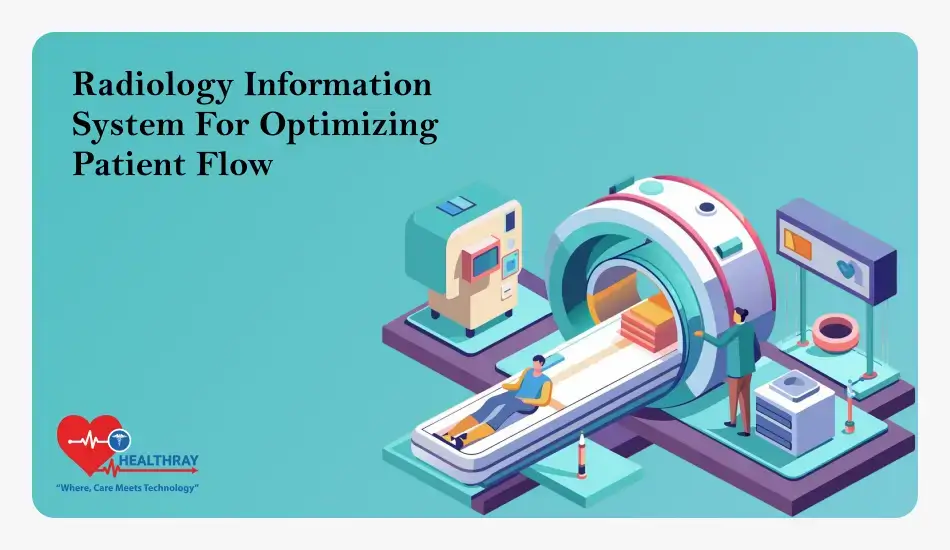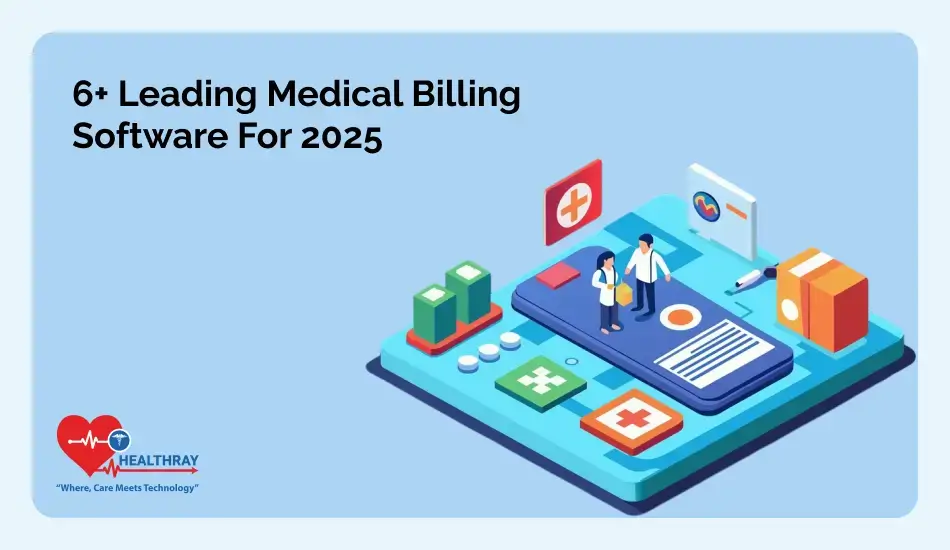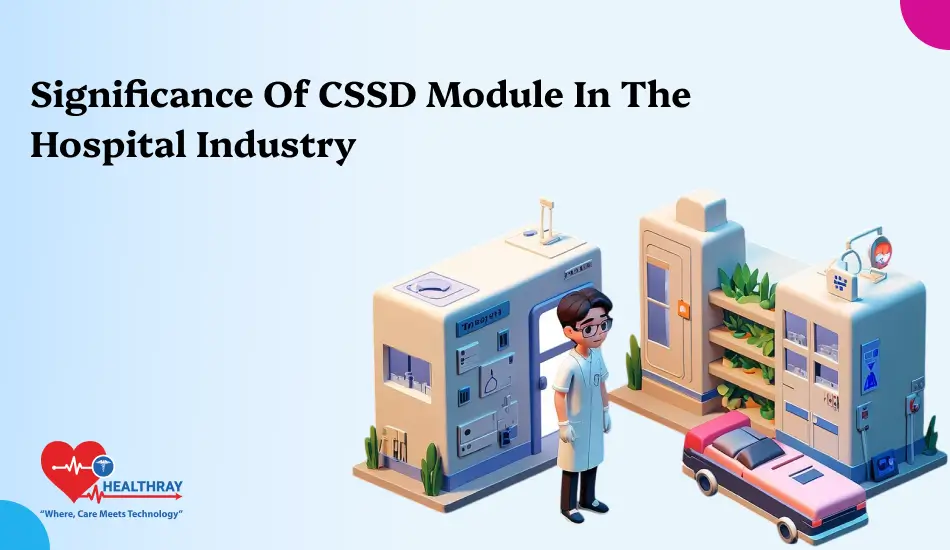Exciting to think of how EMR software would transform daily work lives of healthcare providers: doctors and clinic managers to be able to take advantage of EMR software in delivering effective, accurate and patient-centered care. The EMR software does it all: no more paper shuffling and data reentry; doctors easy access to full histories of the patient, administrative tasks streamlined and opportunity to reduce mistakes.
Let us guide you here on how the EMR software improves patient care. We explain to you, for example, how it will help in doing away with papers, ensure improved safety of the patients, higher cooperation between service providers, among many more aspects. Be it a doctor in search of more streamlined practice management or a manager looking to leverage a maximum working flow from any clinic, find information that shall prove helpful from here.
Optimized Work Flow and Administrative Automation
It shifts the heavy load of daily work away from processes so that more time can be offered to patients as EMR software changes the nature of work being done by doctors and clinics toward administrative work. Among the many benefits of the EMR systems is auto-routing of routine work. Included among them are scheduling, charting, and data entry work which become faster and more efficient when EMRs are in place.
The high hospital health environments will cut down on manual errors, which would otherwise result from these hectic health environments. You will conserve a lot of time, and some of the risks associated with taking care of paper files or probably re-entering data are saved by automating simple tasks such as prescription renewals or reminding patients.
All relevant information regarding patients will be kept in a centrally used system with easy access to doctors and clinic staff to retrieve patient records when needed. How about that for a day without piles of paperwork, where critical data is just a few clicks away? Well, this would translate to more time spent basically talking to patients rather than pushing paper as far as doctors and staff are concerned.
Client Safety and Prescription Accuracy
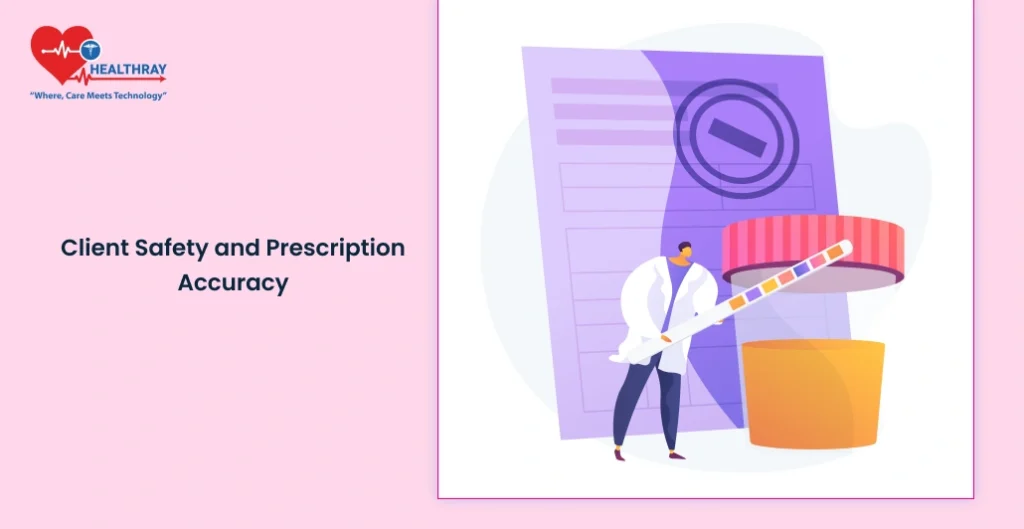
Most important benefit that the EMR software in healthcare will give is its aspect of safety for patients. It has a potential to let the doctors lower their risk factors related to an incomplete or missing information by letting them have fast access to an entire medical history of a patient. It can very well be well-documented in case the medical records of allergic reactions, the drugs taken prior, or even chronic conditions for a doctor to be able to administer the necessary medication without potential reactions.
EMRs also automate the prescription process by allowing e-prescribing. No more illegibly written prescriptions that could be misread, but the prescription is sent directly to the pharmacy electronically. Some of the most common prescription errors pertain to writing mistakes, failure to understand the dosages, or just simply getting a prescription mixed up. Many EMRs offer built-in alerts that will check for possible drug interactions, allergies, and contraindications before a doctor prescribes a drug.
With less prescription errors and greater accuracy, EMR software delivers right medicines to patients. More importantly, it is far better safety advancement to patients as well as health professionals because they increasingly become confident that, at each visit, health and wellbeing come first.
Better Coordination and Cooperation Among Providers
That is where EMR software really helps make collaboration between different providers within health care very fluid, especially when a patient requires seeing specialists or getting many treatments that need to be “integrated.” EMRs help facilitate the interconnection of different departments and specialties so that all providers involved share real time information on one patient’s updated medical history, past treatments, and current medications. This is to make sure that nothing falls between the cracks particularly with the patients who suffer chronic conditions or the ones that involve complex plans of treatment from many providers.
The family doctor would easily send a test result for the specialist he had sent the patient to. The specialist could then check out such information and make his decision as soon as possible. All the information of a patient has one system in EMR systems, so doctors, nurses, or administrative staff will deal with the same information. Reducing follow-up calls by faxes and waiting for transfer documents between departments results in faster treatment and minimizes the risk of communication.
Secure, direct communication enables physicians to make more coordinated decisions that serve better to improve care for each patient. Smooth communication among providers does more than offer patients better experiences; it creates a stronger and more efficient healthcare team.
Patient Engagement through EMR Portals
Besides making the work of doctors and medical staff better, EMR software also pulls patients into their own care. Most Electronic Medical Record solutions contain a patient portal that will enable patients to view their own medical records, review lab results, schedule appointments, and communicate directly with their healthcare providers. More access leads to better recognition of how informed the patient is about his or her health and involvement in treatment decisions.
This involves patients in a much better way; therefore, enhances their overall experience and satisfaction. Patients do not have to sit back and wait for a physician to call and ask for them. They log into the portal, view the results of tests that have come out recently or order a refill on a prescribed medication. They also get to view some notes from their last visit and hence will make them understand diagnosis and follow what the doctor may have prescribed during treatment.
Patients who are more health-conscious have milder conditions and seem to be more proactive regarding their health, thus yielding better results. This openness and participation also brew confidence on the side of their health care professionals. To clinics and doctors, patients call in less for follow-ups, and it’s an easier ride for all. The patient portals of EMR software connect doctors with patients as a partnership in achieving healthier and more interactive healthcare.
Data-Driven Insights for Better Decision-Making
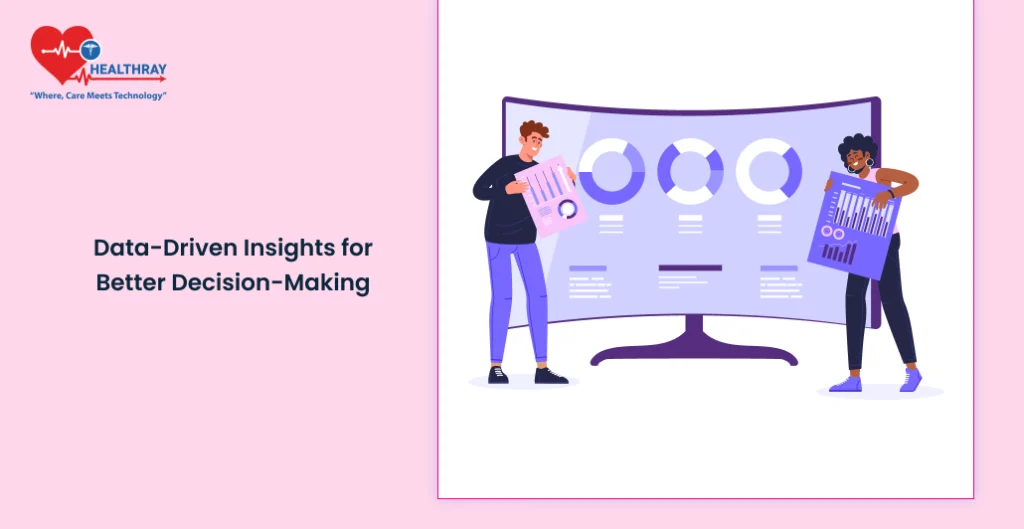
EMR software doesn’t just store patient information; it transforms data into actionable insights, which doctors use to make better-informed decisions. With built-in analytics features, EMRs enable healthcare providers to monitor patterns and trends of patient health over time. This data-driven approach allows the tracking of chronic conditions, measures the effectiveness of treatments, or even identifies factors that may be at risk and need early intervention.
For instance, an EMR system can be used to produce reports regarding patient groups whereby doctors can determine common health issues or treatment outcomes amidst some patterns. Healthcare providers would then be able to make evidence-based changes in care plans for the patients that are receiving the best available treatment. Doctors can therefore better manage chronic illnesses minimize the chances of complications as well as attain good health outcomes.
EMRs predictive ability creates an extra backup layer to anticipate possible health-related issues in physicians before they accelerate. It can surely fit best under the theme of preventive care, which holds prevention combined with early detection and intervention, allowing a lot to be changed as far as a patient’s health is concerned.
Challenges and Considerations When Implementing an EMR
Although the EMR software offers huge benefits, launching it is not free of setbacks. Knowing these pitfalls will help the healthcare providers in making informed decisions and developing strategies for a smooth transition.
1. Initial Cost and Training Needs: Small clinics often feel that this can be a rather large installation cost of an EMR software system. Almost all the employees require training. Doctors, nurses, and supporting staff would need to get adjusted to the new system while being quite time consuming. So some investment in right kind of training programs is essential so that every one in clinic can use software effectively without any work going into a toss.
2. Data Security and Compliance: Healthcare providers need to ensure the safety of the data of their patients. The EMR systems hold sensitive information; they can be potential subjects for hacking attempts. Proper selection of an EMR system, which has complete security features, like encryption, multi-factor authentication and regular data backup is critical. Providers should ensure the accuracy of compliance with rules such as HIPAA, which respects confidentiality and handling of the information of patients.
3. Resistance to Change: Of course, there is a little resistance to the implementation of EMR software; after all, there is a resistance from everyone who is accustomed to “paper-based” records. Someone might be concerned about increased screen time or view technicalities or bureaucratic burdens. A good way here would be to communicate the long-term benefit of the EMRs: reduced paperwork, increased efficiency, and the care and safety of more patients.
4. System Interoperability and Integration: For an EMR system to permit patients to receive coordinated care, it should interoperate seamlessly with other health technologies such as a billing system or a laboratory database. When multiple EMRs interact, integration is a nightmare, particularly when the patient receives care from different providers whose systems have variably integrating capabilities. This problem is greatly reduced if a system with better integration capabilities is chosen to be used as an EMR, or it’s that which comes as commonly used health care platforms.
Conclusion
In short, modern health care is actually based in the EMR software; it basically changes the functioning of a doctor’s clinic and hospital management system while improving care for patients. With reduced paperwork and administrative tasks to patient empowerment and more-coordinated care, the whole health care experience has been streamlined by EMRs. Doctors can now depend on fast and accurate access to patient histories that support safer and faster decisions.
With the passage of time, digital solutions will take more priority in the health sector, which will further help shape patient care delivery for EMR software and the hospital management system, who can do nothing but make EMRs and the hospital management systems add more value.
This is a step ahead of investing in foundational elements to a better outcome for patients tomorrow; it sets the path toward an efficient, accessible, patient-centered healthcare future. EMR software and strong hospital management system investment will benefit doctors, clinic managers, and healthcare administrators in the long term.
